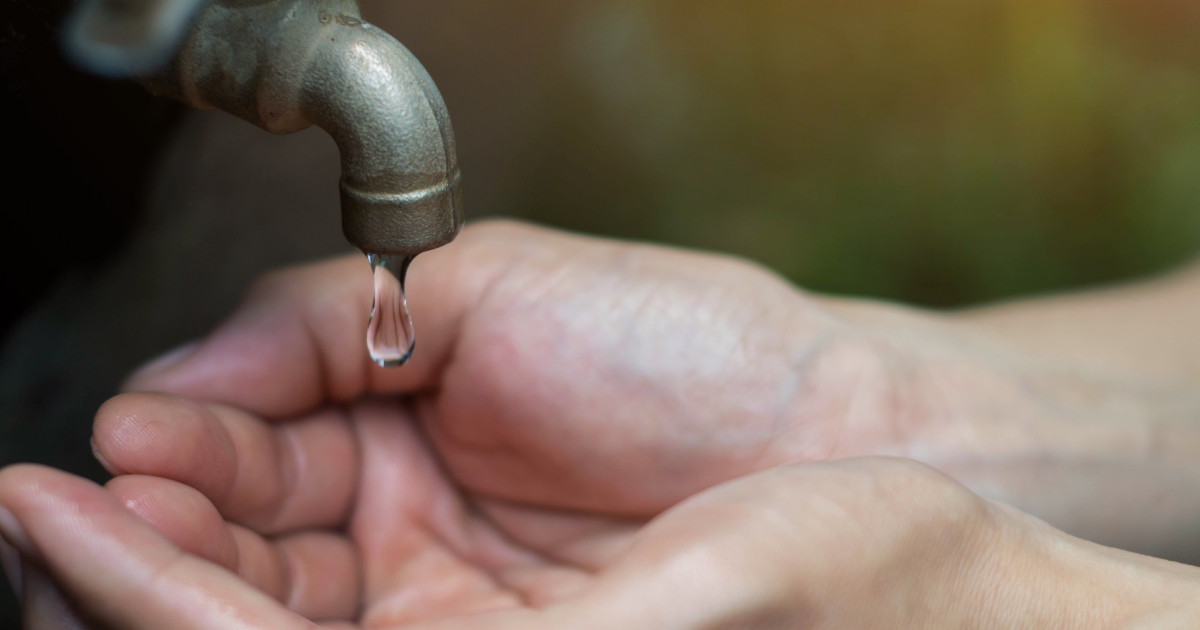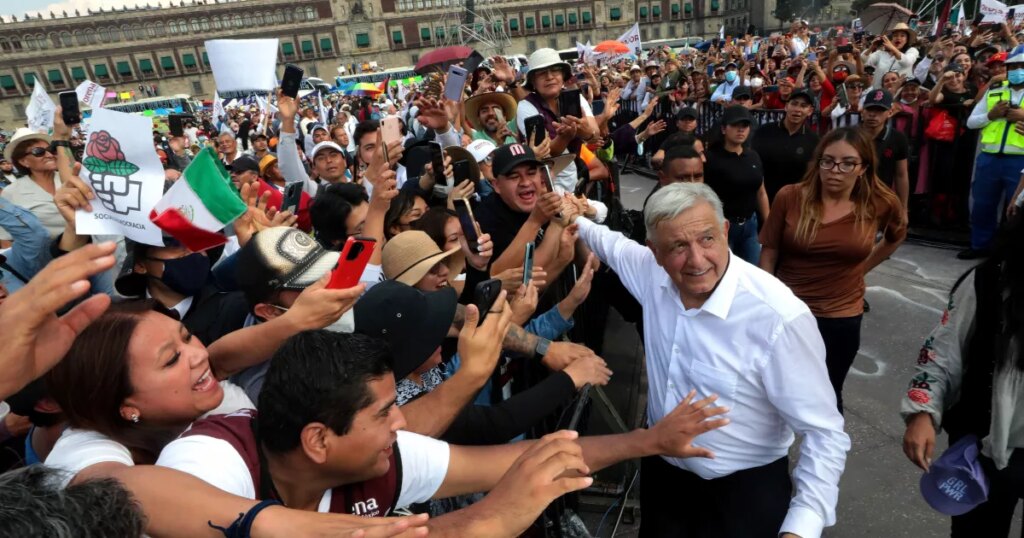The year now ending has shown more clearly than ever the fragility and uncertainty surrounding water management, a resource that “can be a source of conflict but also of cooperation”, according to the UN Secretary General, António Guterres.
The severe drought that this summer, which affected 64% of the territory of the European Union and including several areas where there are usually no problems with water availability, has alerted governments and institutions such as the European Parliament itself, where the expert from the Joint Research Center of the EU, Andrea Toreti, recently alarmed MEPs with a worrying omen.
“If mitigation actions are not applied”, extreme droughts such as those experienced in 2022 will continue “almost every year” in 2043 according to Toreti’s prediction, which listed the “key” sectors affected in the Old Continent this summer: agriculture , river transport, electricity generation or ecosystems in river deltas, although “the entire planet is at risk of drought” in reality.
Proof of this are the problems generated by the lack of water availability in other regions such as Central America or, even worse, in the Horn of Africa, where, according to the United Nations High Commissioner for Refugees (UNHCR), the worst recorded in 2022 was drought of the last forty years.
Thus, four consecutive years without a rainy season “have dried up water sources, devastated crops and caused the death of livestock” in this area of eastern Africa, according to one of the latest UNHCR analyses, which warned of the “severe famine” facing a population of some 18.4 million people.
This is dramatic information that is added to other data handled by the UN, such as that 40% of the world population is already affected by water scarcity while “80% of wastewater is dumped without being treated in the environment and more than 90% of (natural) disasters are related to water”, emphasized Antonio Guterres.
EFE


















